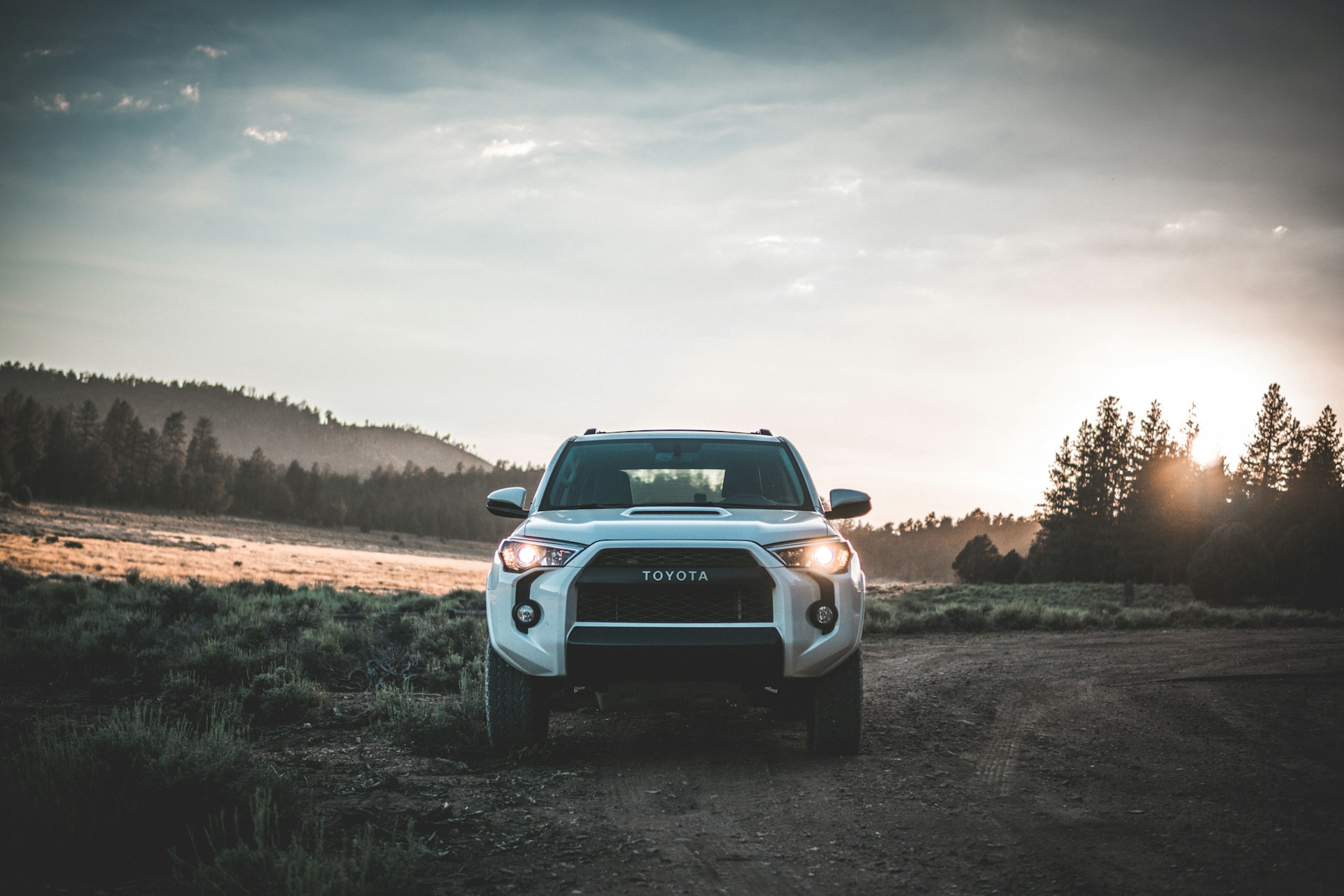Contents
Selecting the perfect used car for a new driver involves considering safety, reliability, and budget. In this guide, we’ll explore essential aspects to help you make an informed decision.
Table of Content
- Understanding Safety Ratings and Features
- Reliability Matters
- The Importance of Vehicle Size and Type
- Age and Mileage
- Fuel Economy and Insurance Costs
- Test Driving and Inspection
- Final Thoughts
- FAQ
Understanding Safety Ratings and Features
Safety should be your top priority when choosing a vehicle for new drivers. Look for cars with a “good” or “acceptable” rating from the Insurance Institute for Highway Safety (IIHS) and those that have been designated as a safety pick. Check that the vehicle has modern safety features, such as anti-lock brakes, electronic stability control, and adequate airbags. Consumer Reports and the IIHS provide updates on the safest new cars, guiding you toward making a secure choice. Moreover, when considering driving safety, evaluate the vehicle’s handling and braking capabilities. The best-used car choices often come from those models that balance affordability with top safety features. Wagons are particularly noteworthy for new drivers due to their stability and roominess. Keep an eye on the prices of models being sold to ensure you’re getting a good deal without compromising on safety.
Reliability Matters

Reliability is crucial when picking out a car. Vehicles with above-average reliability scores are less likely to require frequent repairs, saving you money and hassle. Consult Consumer Reports member surveys to find used cars with proven reliability. Look for models with above-average reliability ratings over several model years, as this indicates consistent performance. Additionally, when filtering used car choices, prioritize finding a safe vehicle that suits a teen driver. Opt for models like a sturdy sedan or a compact hatchback, both known for good ratings in safety and reliability. This approach ensures the new car transition is smooth, secure, and financially sensible, making it a perfect match for a first-time young driver.
The Importance of Vehicle Size and Type
The size and type of the vehicle can significantly impact safety and handling. Mid-size SUVs and sedans are often recommended for new drivers due to their manageable size and better crash-test outcomes. Small cars, while economical, may not offer the same level of protection. However, large SUVs or sports cars can be challenging for new drivers to maneuver. Consider a vehicle with a moderate curb weight and good roof strength for a balance between safety and handling.
Moreover, when exploring the best-used cars, keep the original side and structure integrity in mind, as these factors contribute significantly to occupant safety during a collision. Avoid choosing a truck for new drivers due to its larger size and more complex handling compared to a sedan, wagon, or hatchback. The best new cars often blend modern safety features with user-friendly driving dynamics, making them suitable choices for those recently behind the wheel. When deciding between vehicle types, a compact hatchback or a mid-size wagon offers an excellent balance of visibility, safety, and ease of use, ideal for those new to driving.
Age and Mileage

The model year and mileage of a used car can affect its condition and safety features. Opt for cars from the 2014 model year or newer, as they are more likely to have modern safety features and better crash test scores. However, be cautious with high-mileage vehicles; they may have more wear and tear, potentially leading to higher maintenance costs. First-time drivers should focus on finding vehicles that are both reliable and easy to manage. Recommended vehicles like the Honda Civic, known for its steady performance and safety, can be ideal. New vehicles might be appealing but for those seeking value, a slightly older, well-maintained car can be the best car choice. Look for models with a good balance of safety, reliability, and cost, typically found in front-wheel drive configurations, as they offer better handling and fuel efficiency on average.
Fuel Economy and Insurance Costs
Fuel efficiency is an essential factor for budget-conscious drivers. Small cars and hybrids like the Toyota Prius are known for their excellent fuel economy. However, insurance costs can vary based on the car’s model, age, and safety features. Young drivers typically face higher insurance rates, so choose a vehicle that is economical to insure.
Moreover, considering the total cost of ownership is crucial before making the jump to purchase. SUVs, while popular and spacious, may carry higher insurance and fuel costs compared to smaller vehicles. Among the best choices for used cars, models like the Mazda 3 stand out for their blend of efficiency, affordability, and safety, making them favored options by most parents. When selecting cars, it’s important to weigh the long-term expenses along with the initial price tag. Used cars with a history of low insurance premiums and good fuel economy can significantly reduce the financial burden on young or first-time drivers, aligning with the needs of budget-conscious families.
Test Driving and Inspection
Before making a purchase, take the car for a test drive to assess its handling, brakes, and comfort level. Pay attention to the engine, transmission, and any unusual noises. It’s also advisable to have the vehicle inspected by a trusted mechanic to identify any potential issues.
This step is particularly crucial when considering new vehicles, as even they can have defects. However, when looking at small cars or considering a new car like the Honda CR-V, understanding the specific model’s characteristics under various driving conditions is key. Test driving different cars allows for a direct comparison of handling, acceleration, and comfort, aiding in making an informed decision. Additionally, the prices of repairs or potential issues discovered during inspection can significantly influence the overall cost-effectiveness of the purchase. Always ensure the vehicle’s condition aligns with its model year and reported history to avoid unexpected expenses and ensure a wise investment.
Final Thoughts
Choosing the right used car involves balancing safety, reliability, and budget. Consider vehicles with good safety ratings, above-average reliability, and reasonable insurance costs. By prioritizing these factors, you can find a safe, reliable, and affordable vehicle for a new driver. Assessing if a vehicle has been reconditioned can also help ensure safety and reliability for new drivers. Additionally, factor in the cost of future maintenance and potential resale value. Educate yourself about the market prices for different models and years to ensure you’re getting a fair deal. Finally, trust your instincts: if a deal seems too good to be true, it probably is. Taking your time to find the right vehicle will pay off in the long run, providing a dependable and economical mode of transportation.
FAQ
How Cheap Should My First Car Be?
Your first car’s price should align with your budget while not compromising on safety and reliability. Aim for a vehicle that you can afford without stretching your finances too thin. Remember, additional costs such as insurance, maintenance, and fuel should also be considered in your budget.
How Many Miles Are Too Many for a Used Car?
While there’s no definitive answer, a used car with more than 100,000 miles may require more maintenance and repairs. However, a well-maintained vehicle with higher mileage can still be a good option. Focus on the car’s condition and maintenance history rather than just the mileage.
What Car Has the Smoothest and Quietest Ride?
Luxury sedans are typically known for their smooth and quiet ride. Models from brands like Lexus, Mercedes-Benz, and Audi are designed for comfort and noise reduction. For a budget-friendly option, look for well-insulated mid-size sedans or SUVs with a reputation for quiet cabins.





